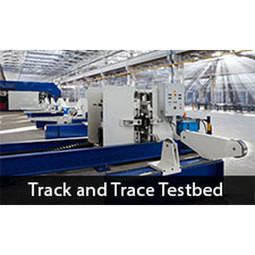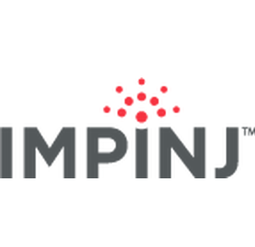Asset Tracking
- Networks & Connectivity - RFID
- Sensors - RFID Readers
- Wearables - Tags & Patches
- Business Operation
- Track & Trace of Assets
Each day, PAK picked up soiled linen which had been hand counted by its customers. On the following day, they were expected to return the exact same amount of linens. However, manual counts conducted by PAK’s customers were always inaccurate (a problem inherent to soiled counting) and not being able to return exact amounts was very problematic. PAK sought an RFID-enabled textile-tracking system to enable total linen monitoring throughout the whole linen cycle, while increasing facility and operation efficiency, preventing loss and ensuring customers receive the correct textiles. PAK chose to work with USTEK RFID Solutions, a sister company that designs and manufactures integrated RFID terminals for industrial laundry markets worldwide. It was challenging to find RFID products that operated well in the PAK facility, as the environment was damp and full of metal trolleys. After testing many different readers, chips and antennas in the facility, USTEK and PAK chose to use Impinj products due to their superior performance.
A wash-resistant RFID tag is heat sealed or sewn into each textile. Each tag IC is programmed with a unique EPC number, which is linked to a database containing information about the type of textile, the number of wash cycles it has been through, the customer the textile belongs to, and the department in which it is used. Integrated RFID terminals built to purpose, containing fixed Impinj Speedway readers and antennas are set up at customers’ facilities, in areas such as linen storage, exits, uniform dispatch, and at PAK’s facility, at packaging stations, laundry check-in and dispatch areas. As the textiles move to and from the customers and throughout the laundry facility, the readers monitor each item and update its status in the database, simultaneously providing operational benefits like soiled/clean counts, delivery bills and package labels. Readers are able to detect wrongly-sorted textiles, preventing loss and confusion. Additionally, the database keeps count of the number of times each textile has been washed, and issues alerts when it is time to retire old linens.
Related Case Studies.










